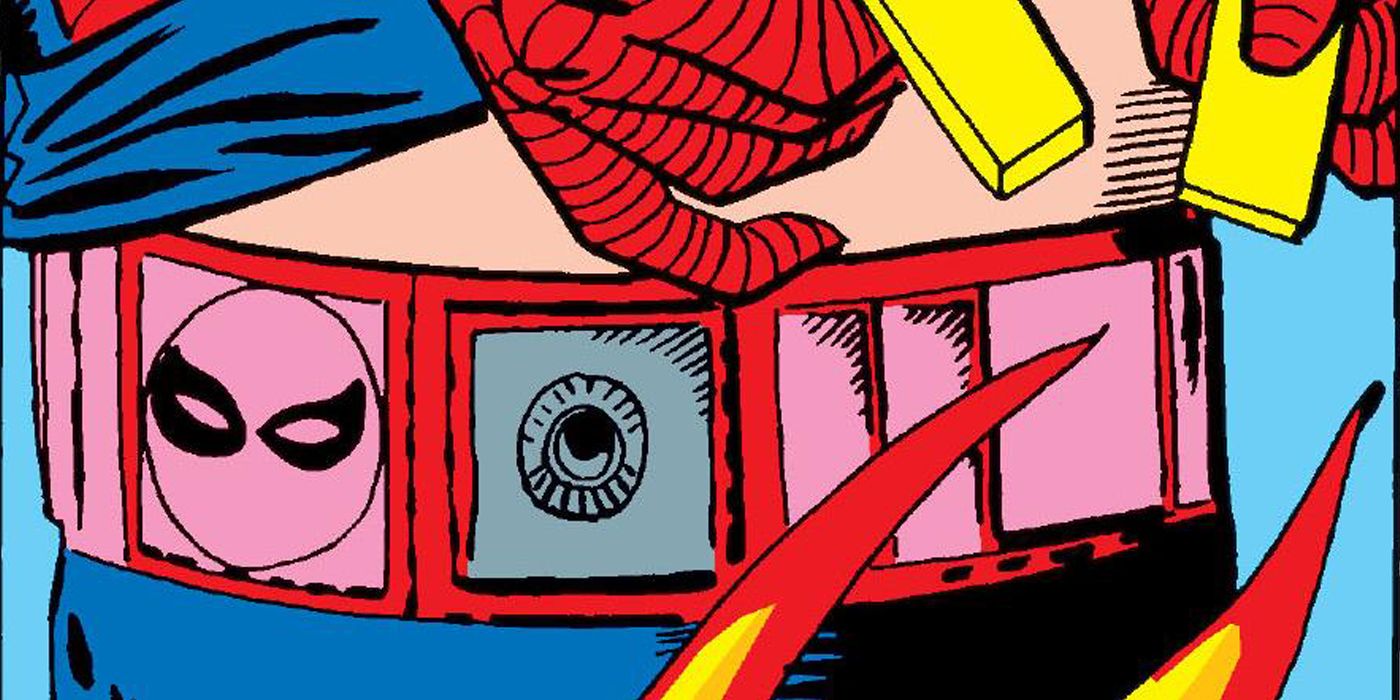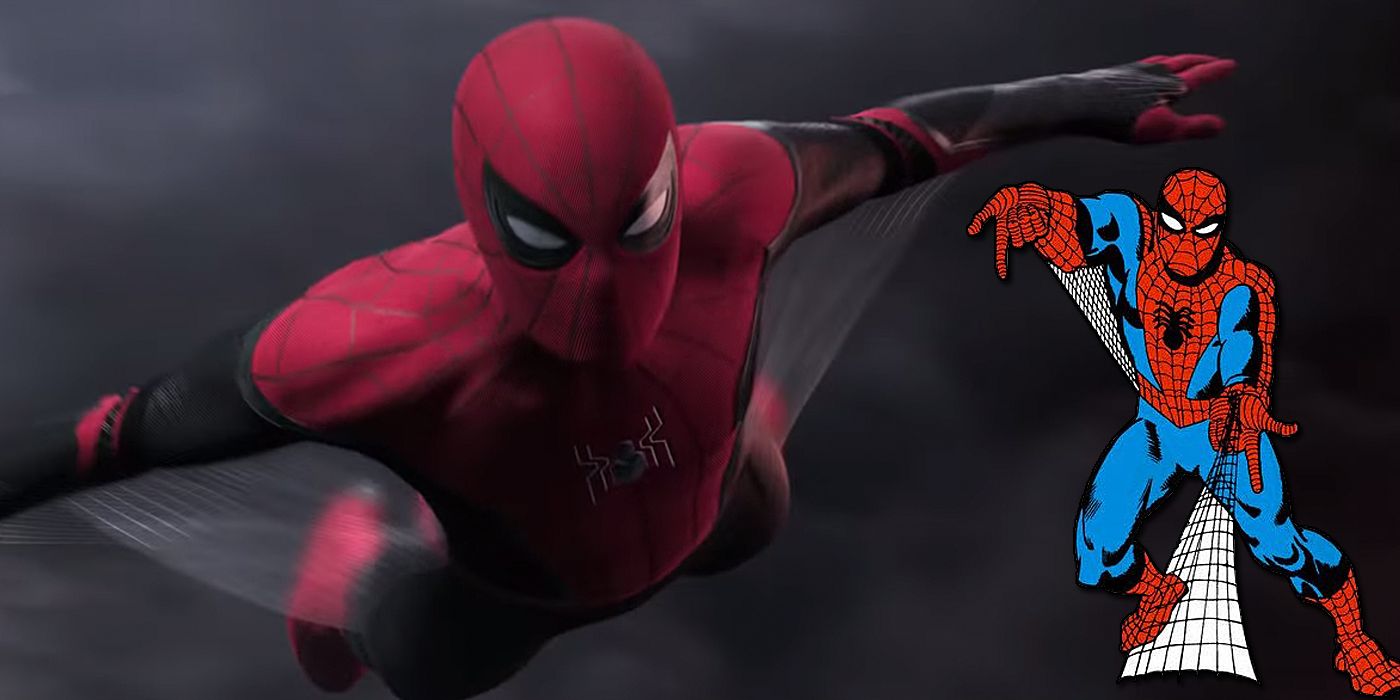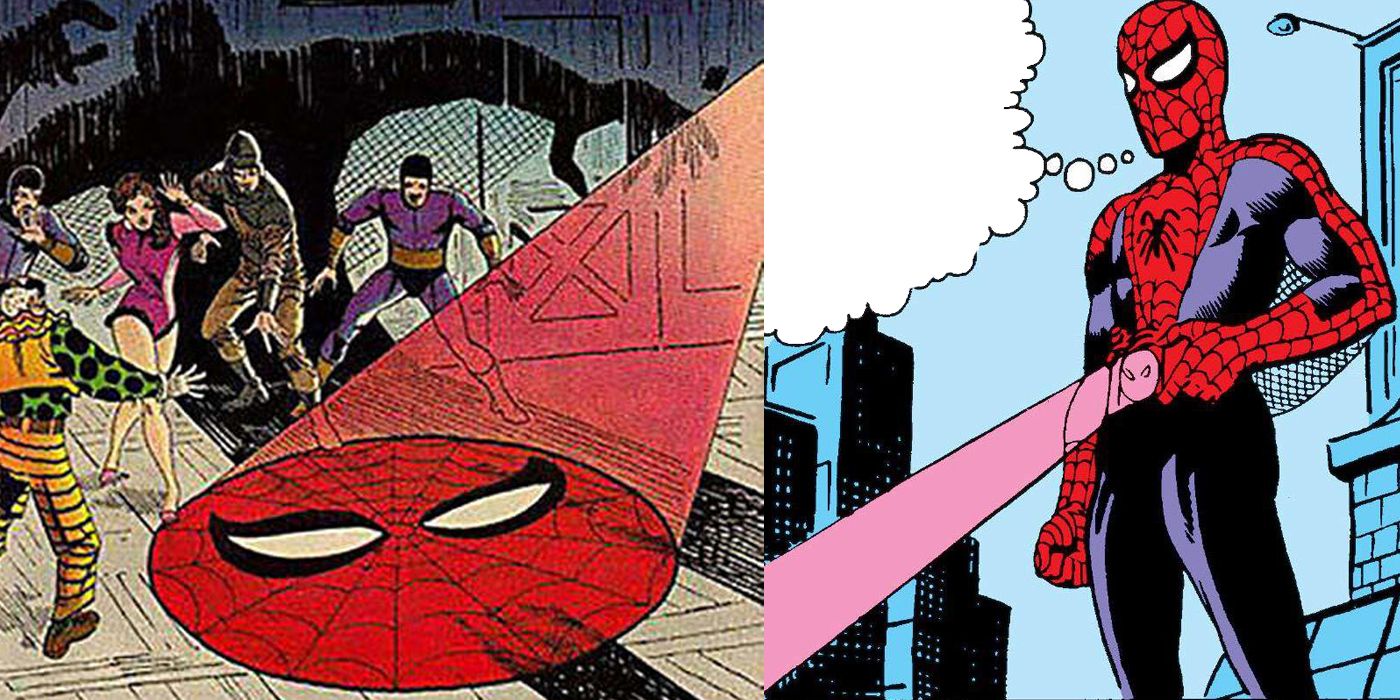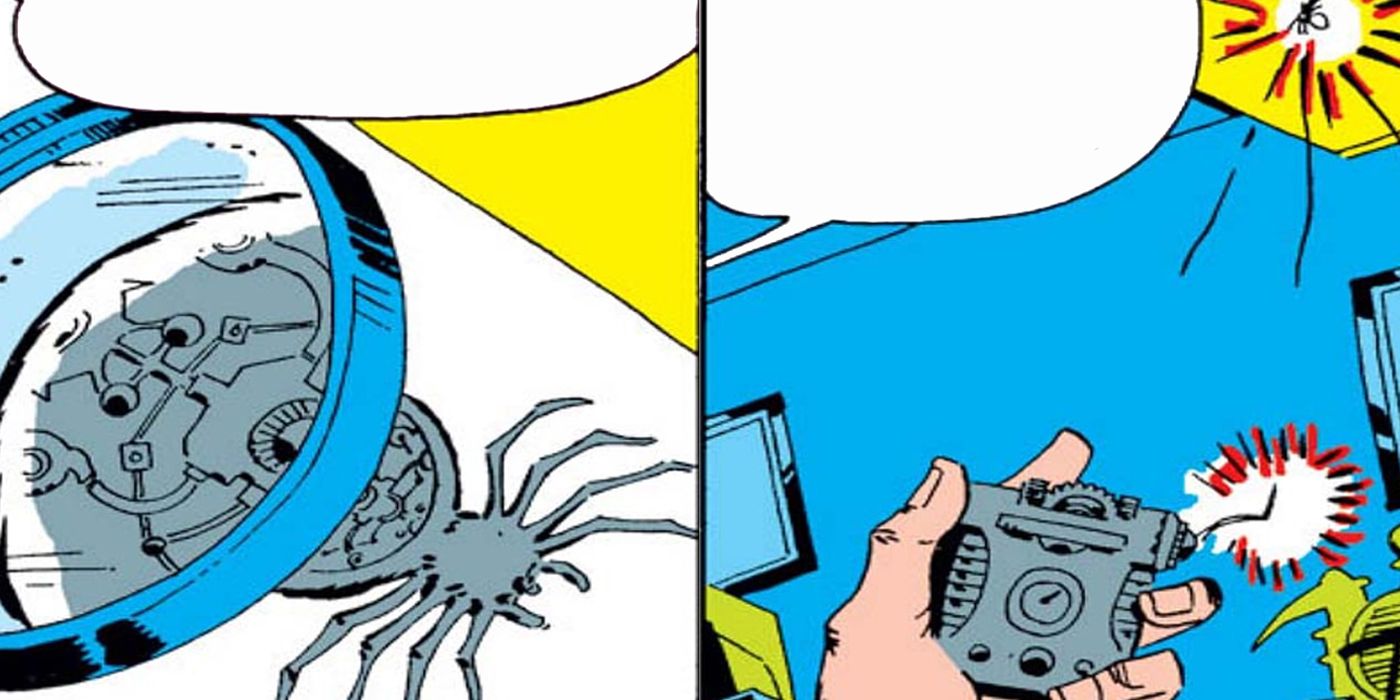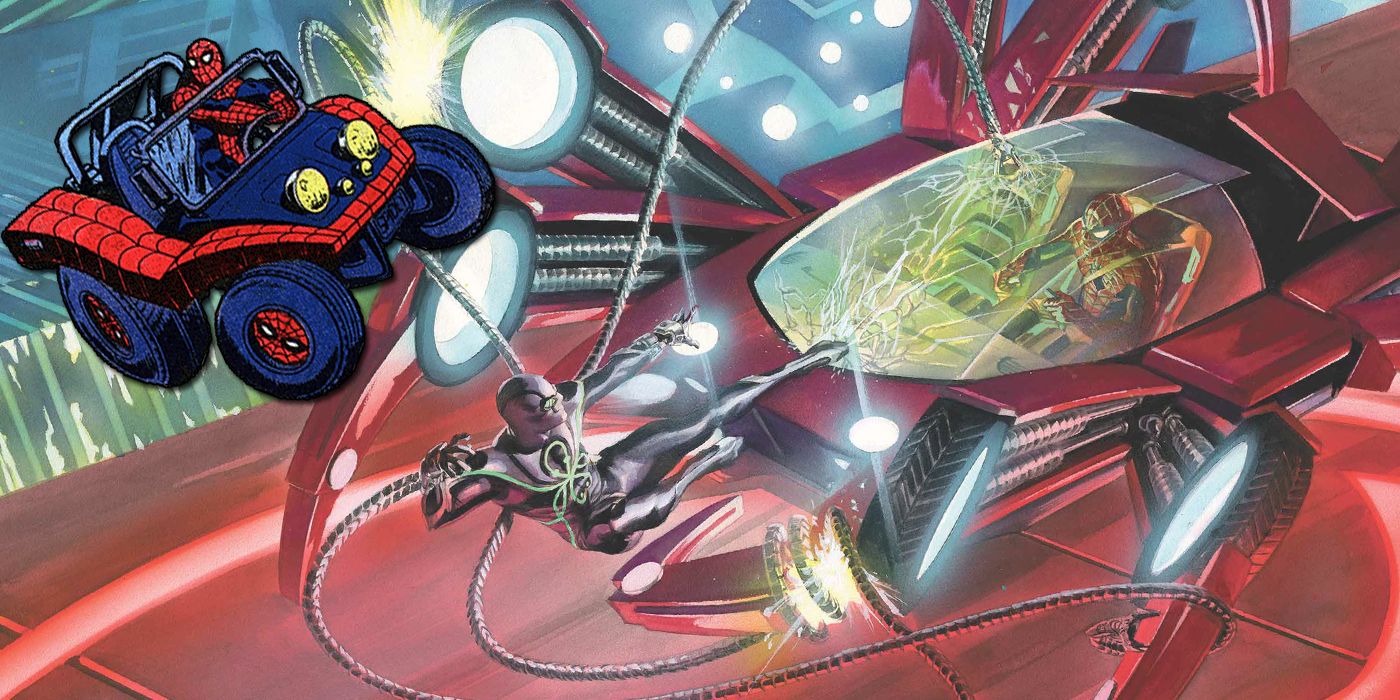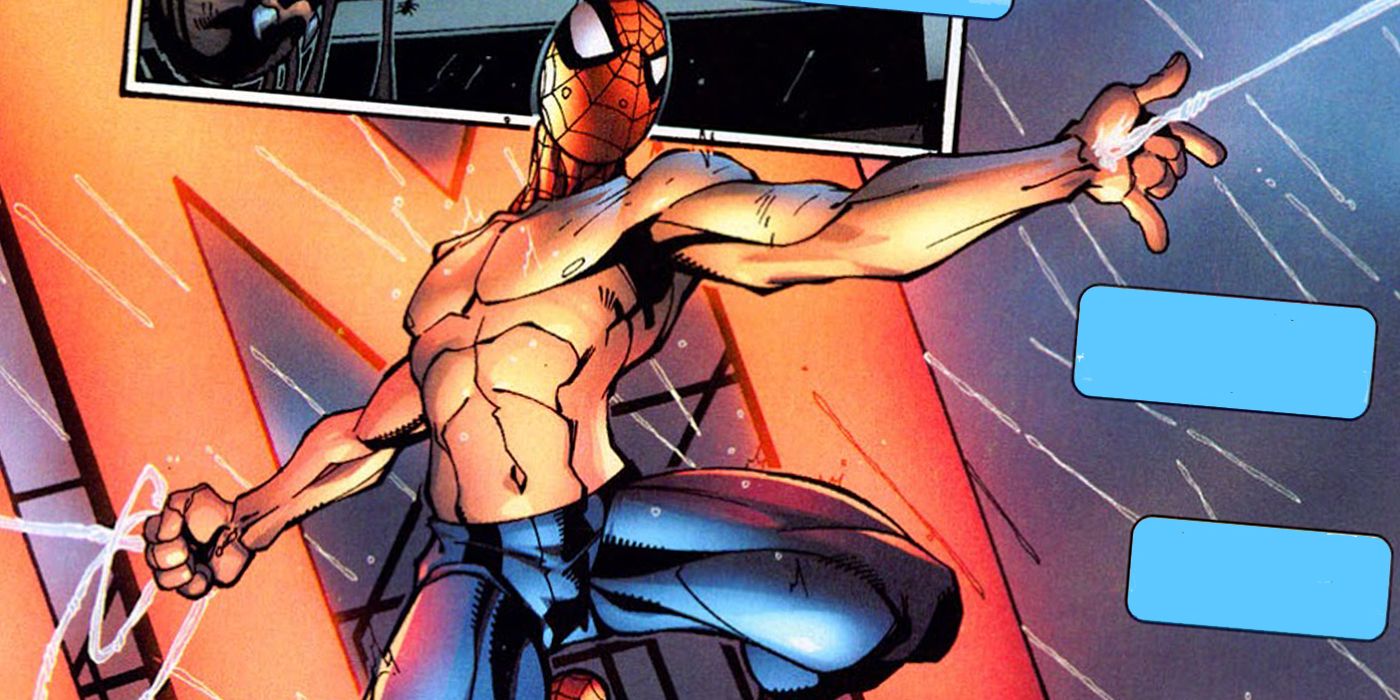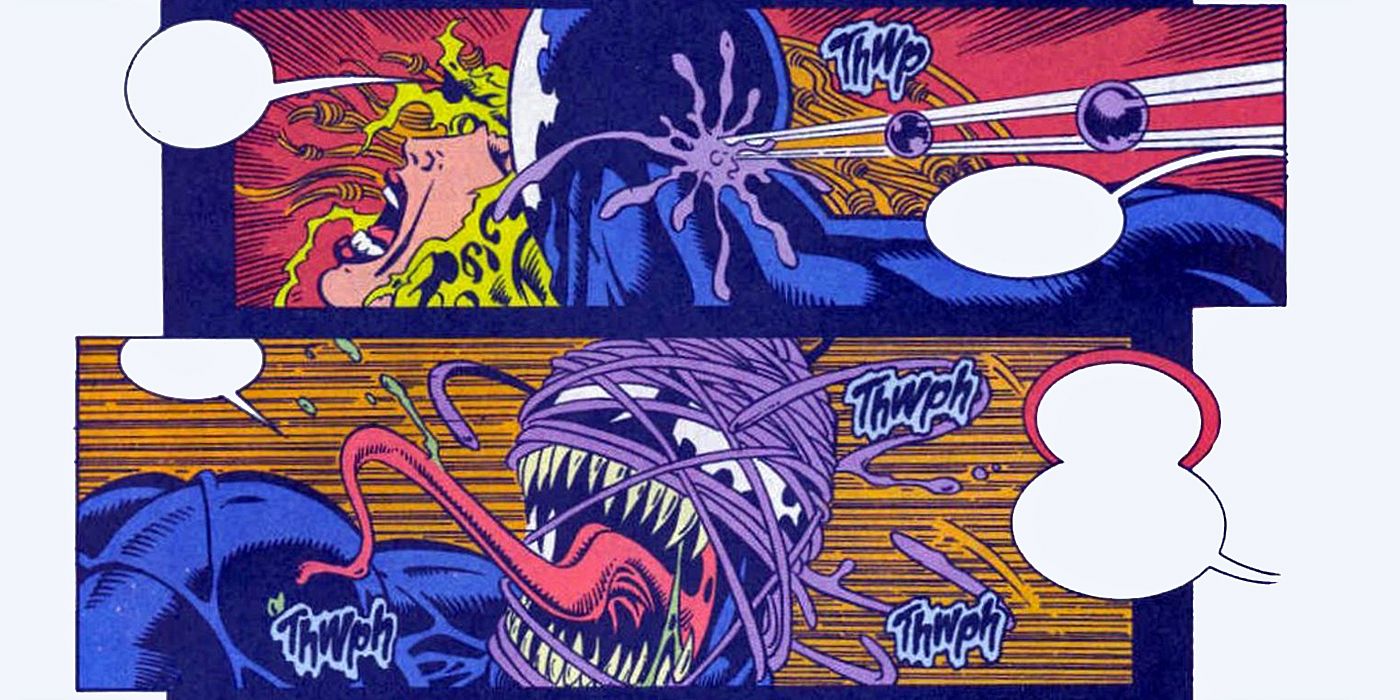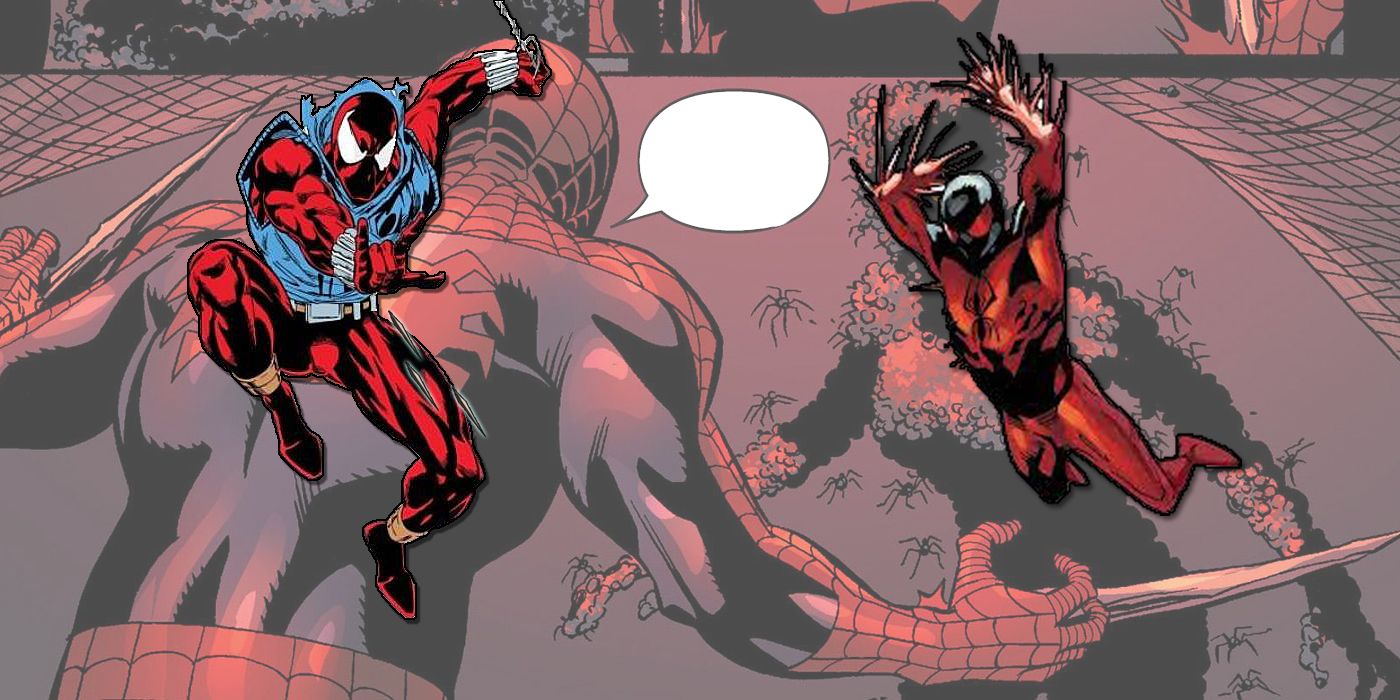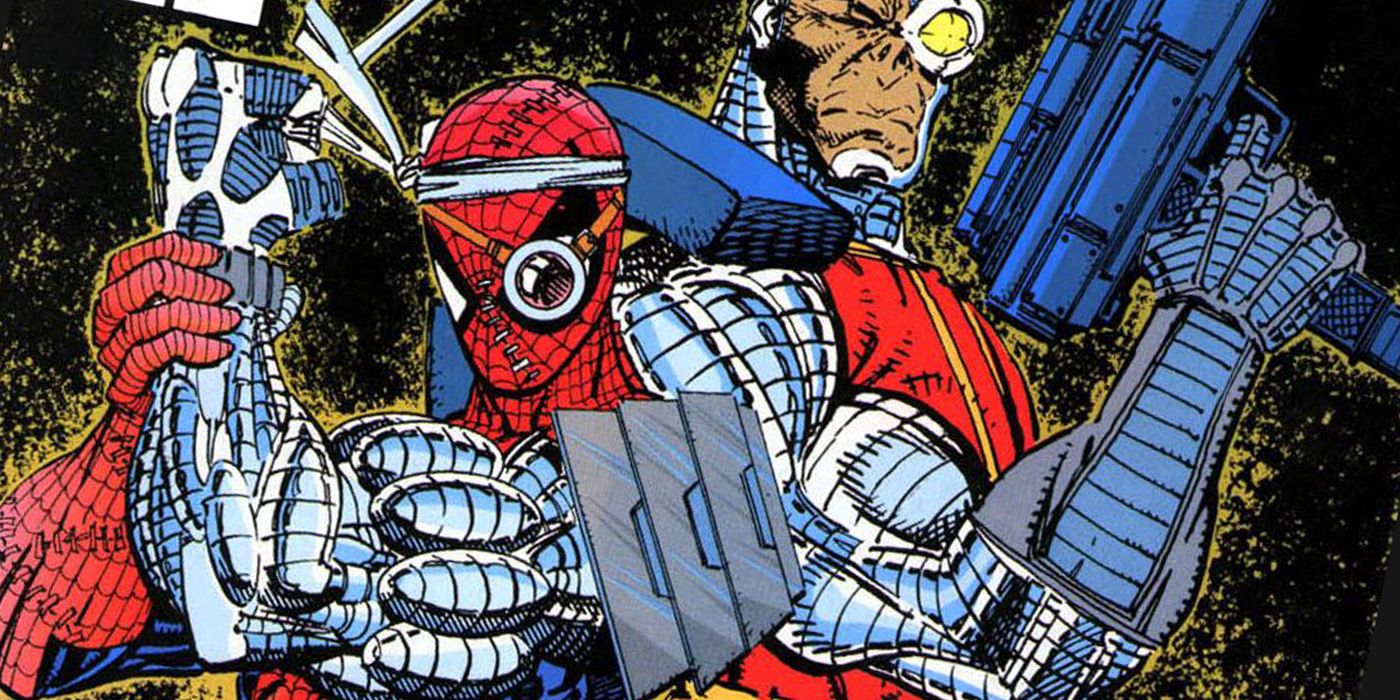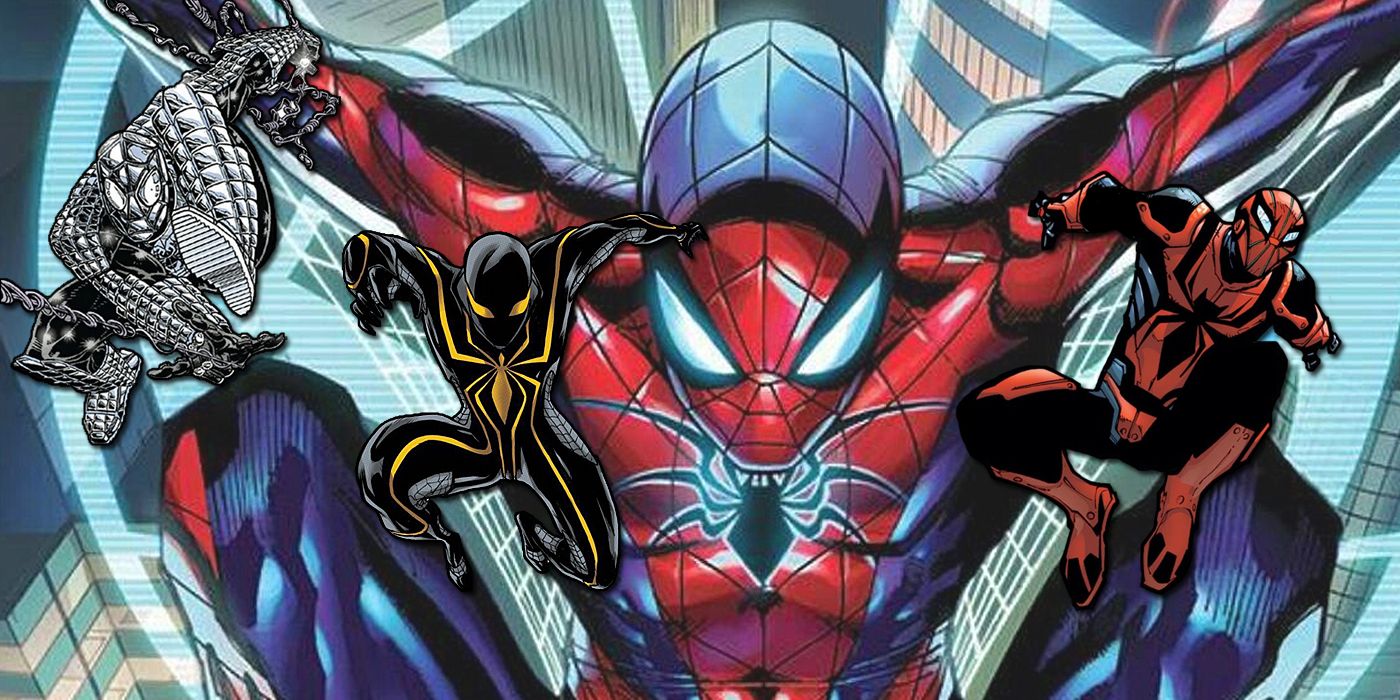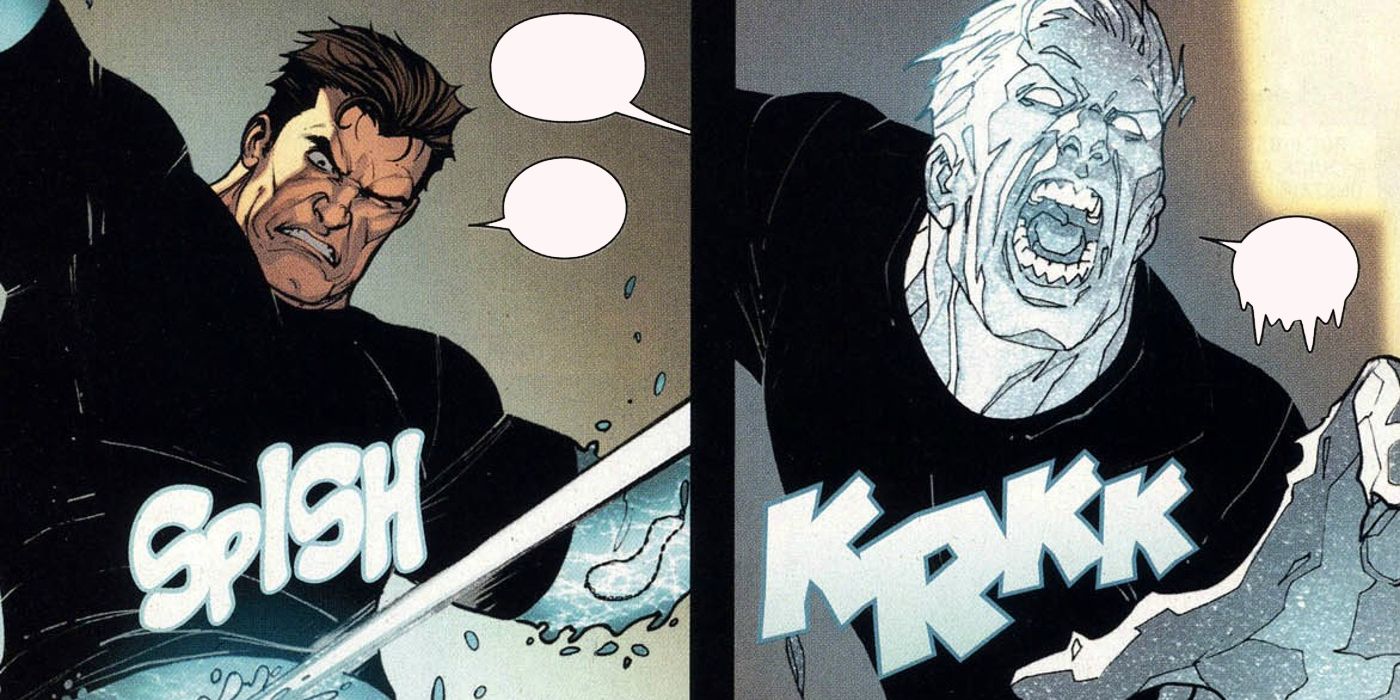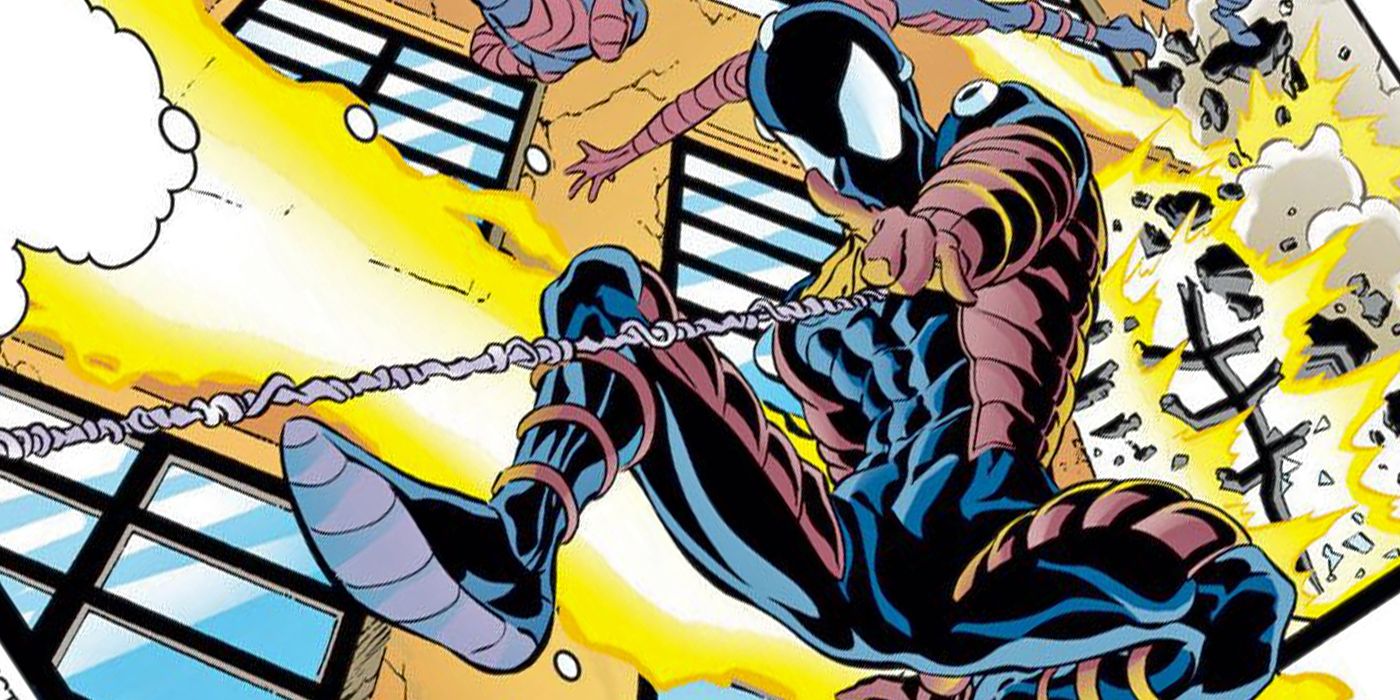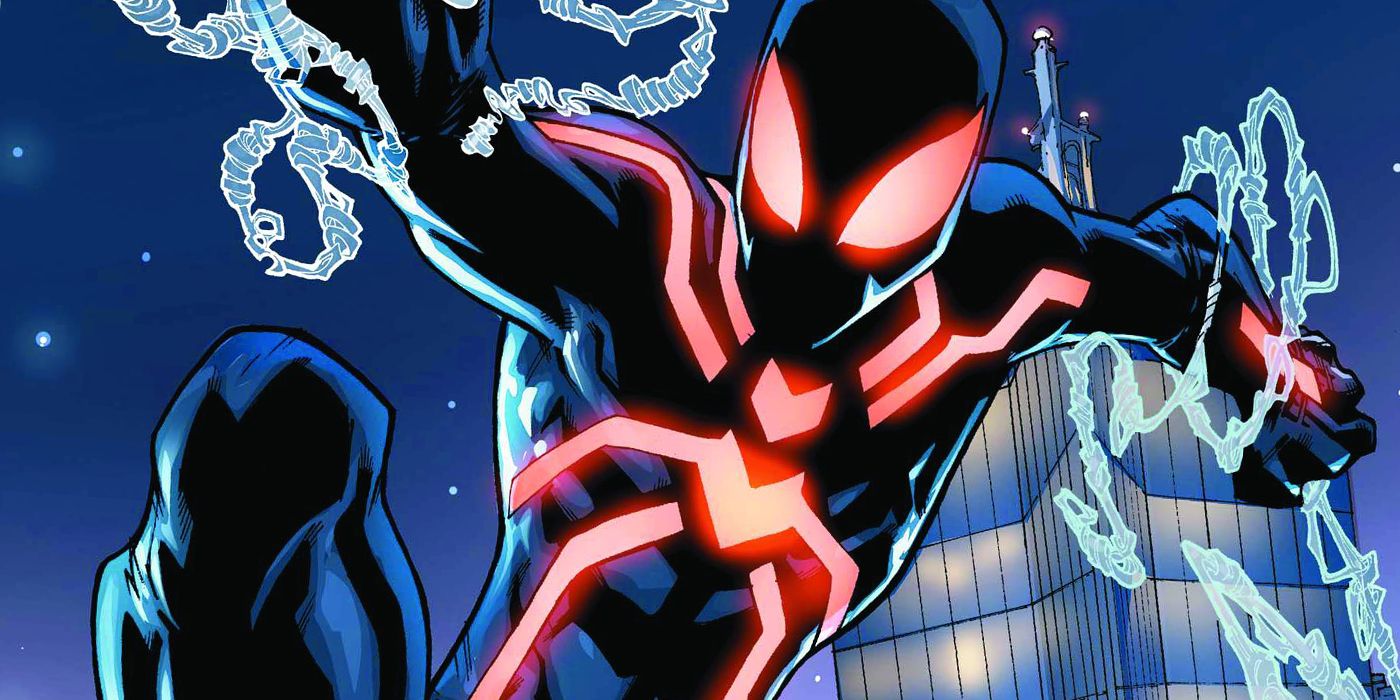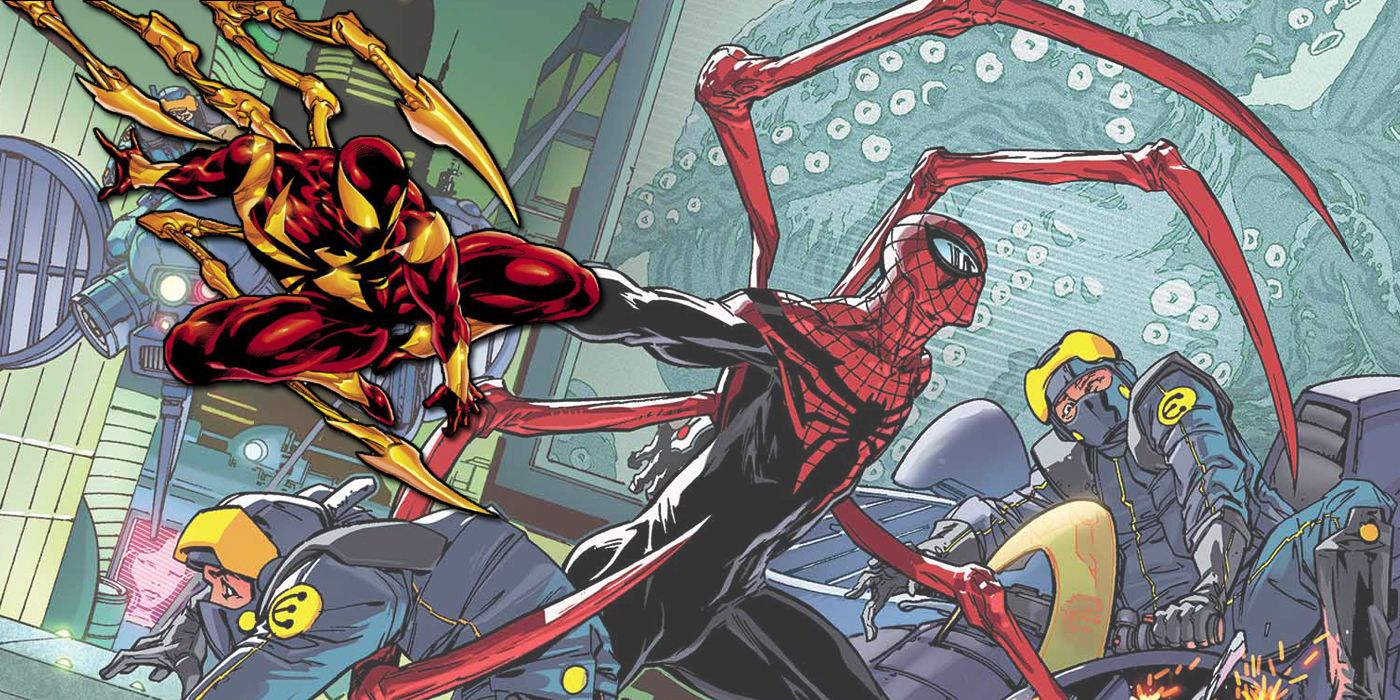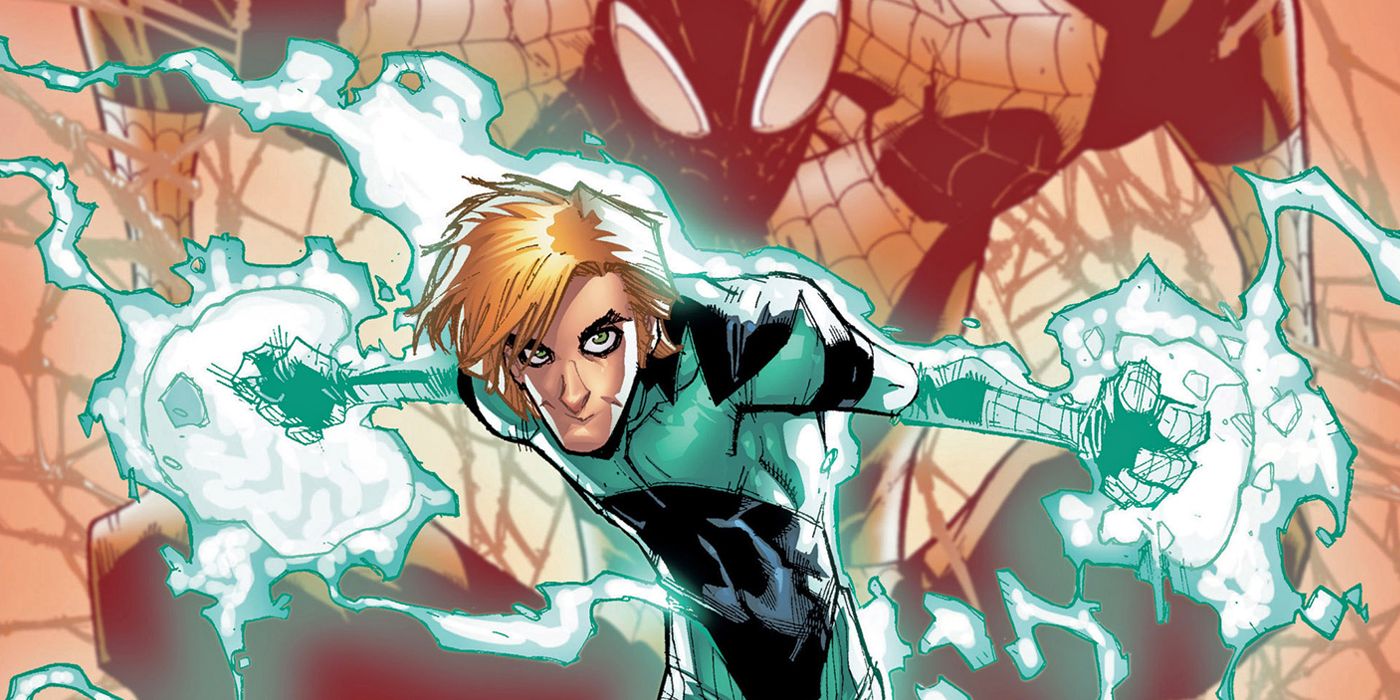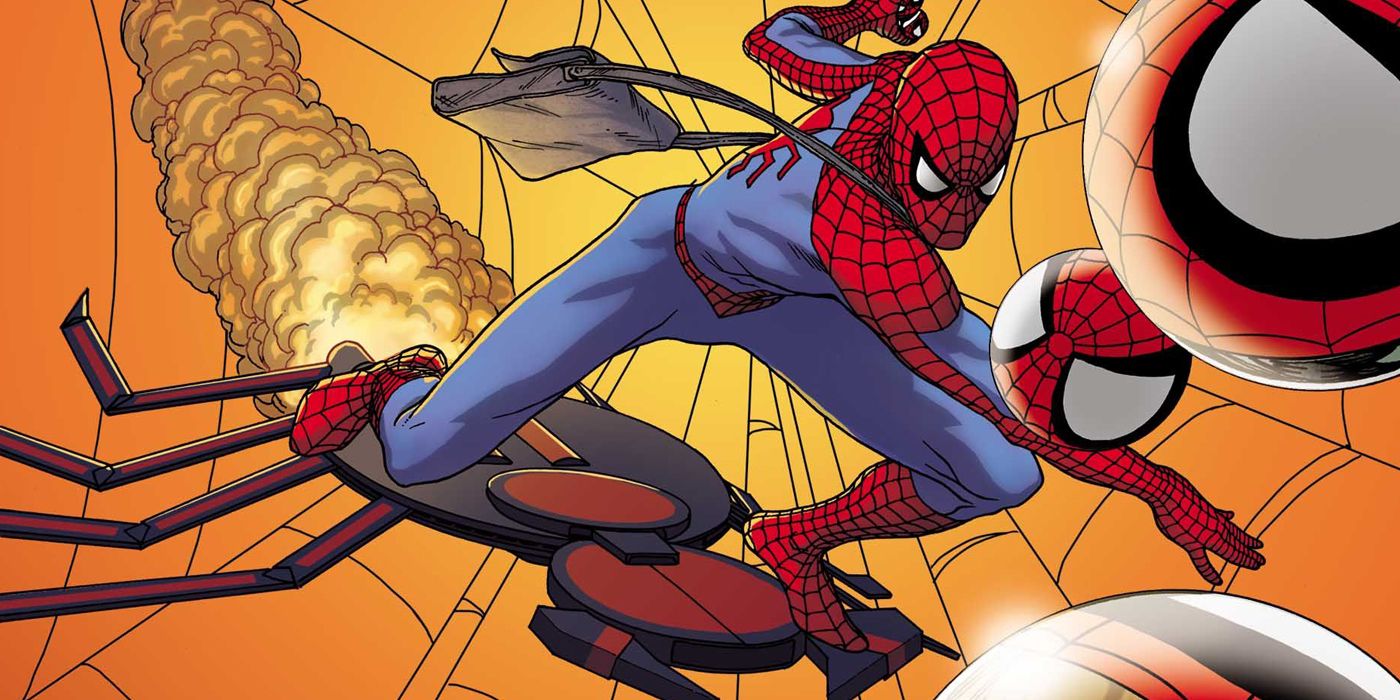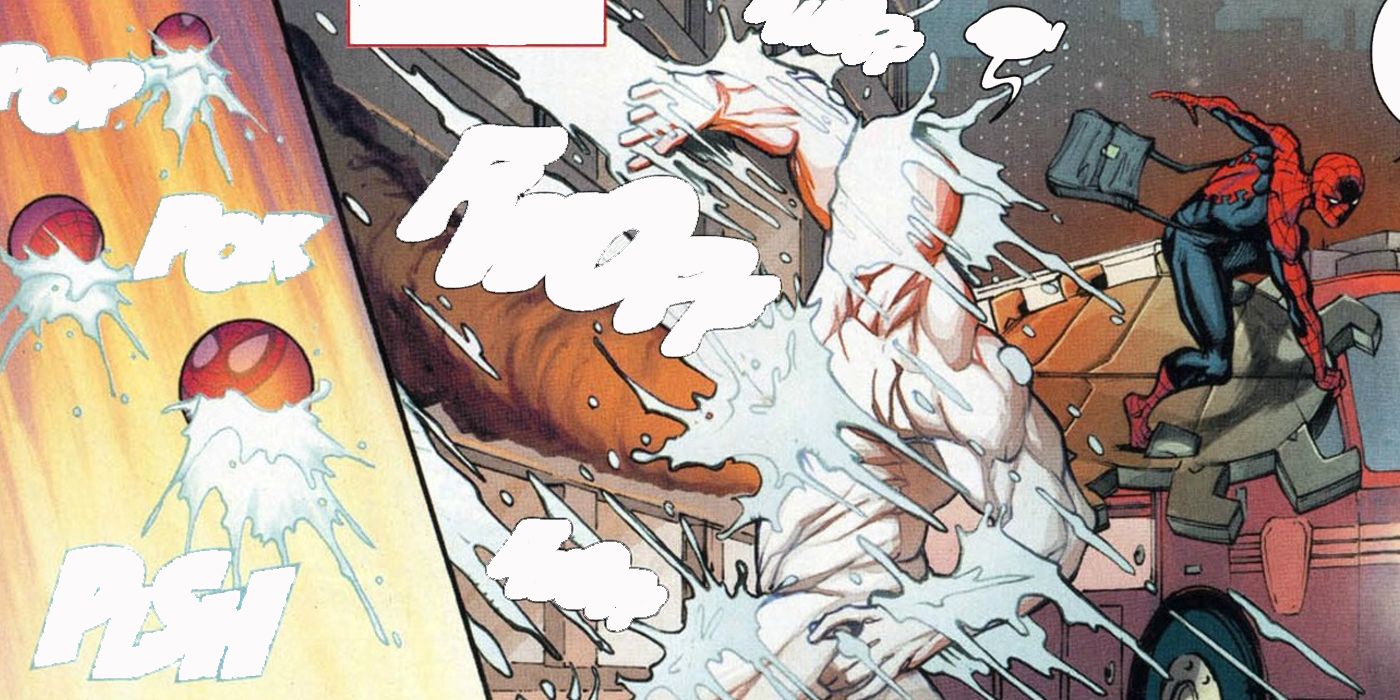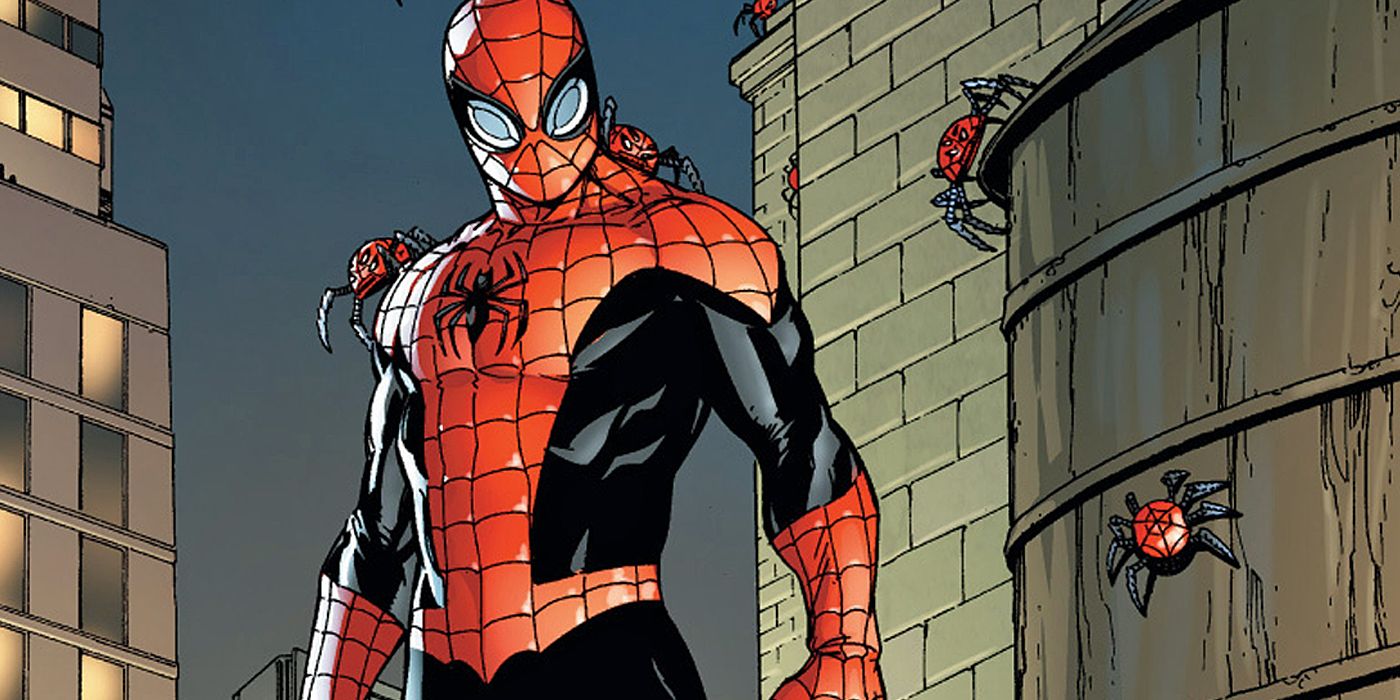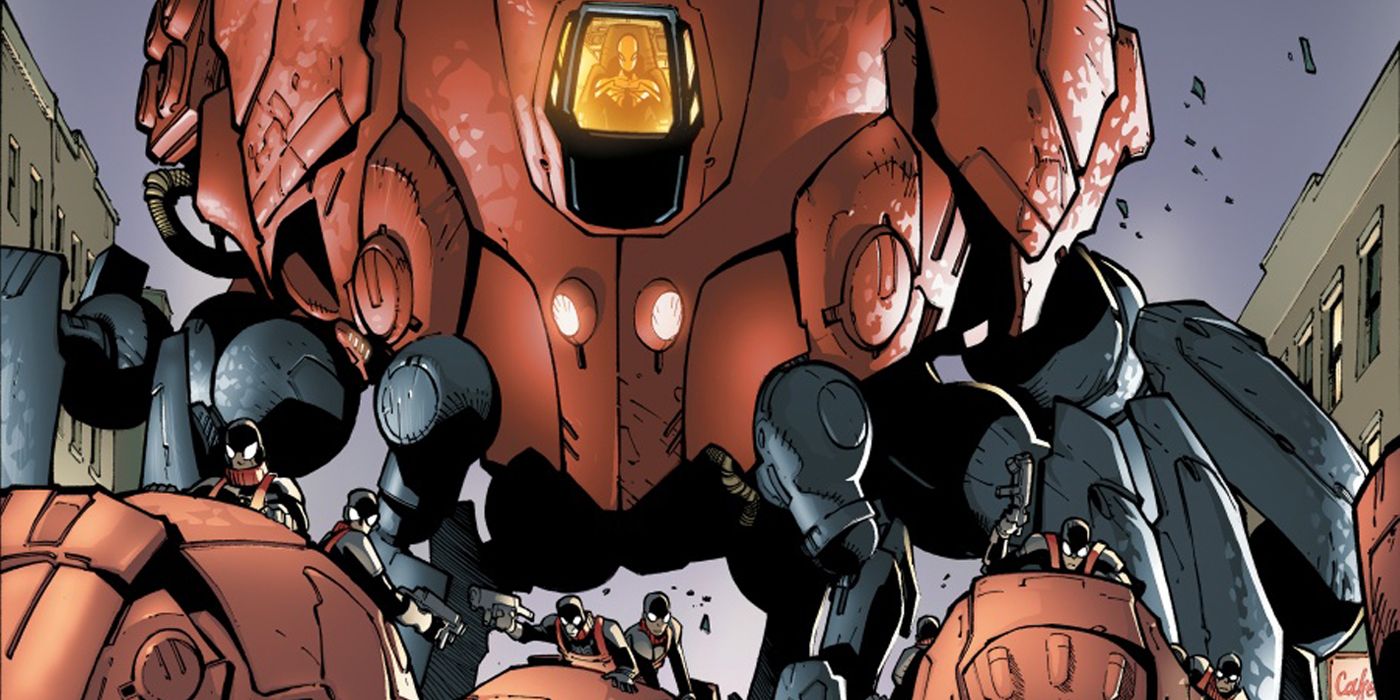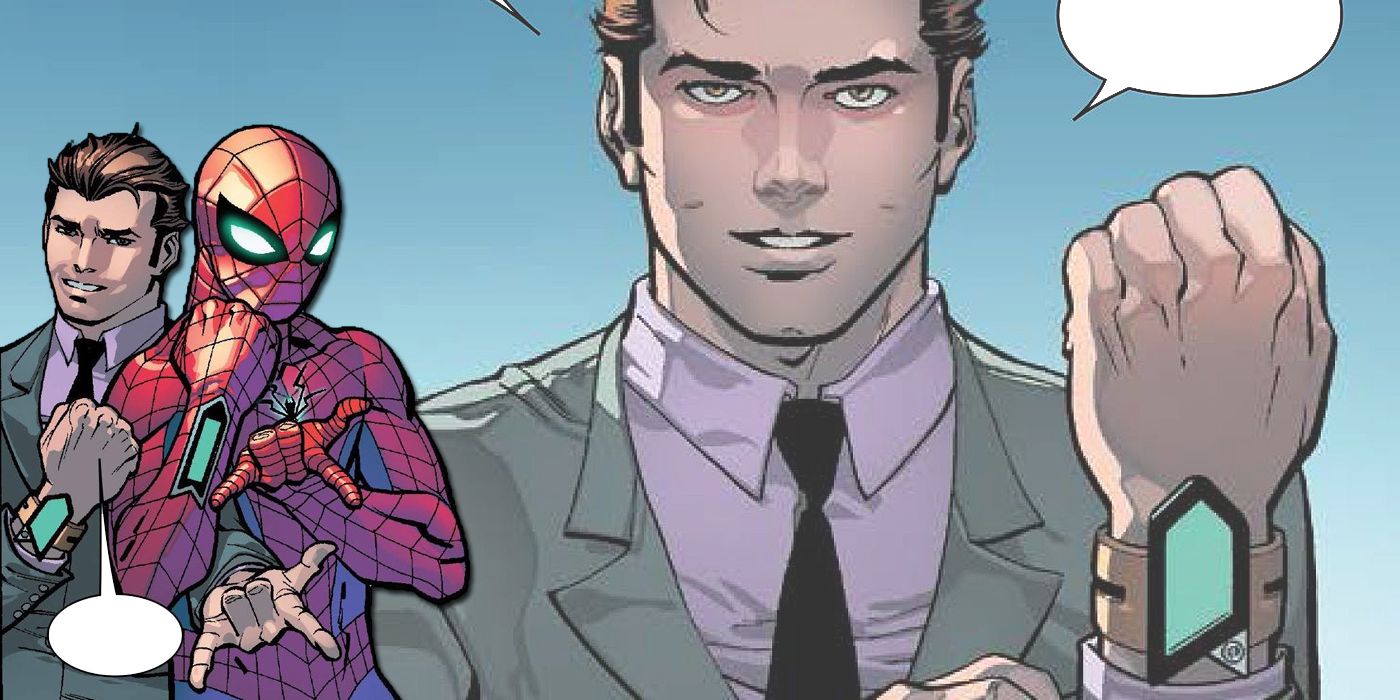Spider-Man is known both by fans and other superheroes as one of Marvel's greatest heroes, and it's not just because he's got a profound sense of responsibility or the proportionate strength of a spider. It's because Spider-Man also utilizes the inventive genius of Peter Parker, which was on display early with the character's first and most important invention - his web-shooters. These technical marvels were created during Peter's high school years, and he would go on to create many more advancements to use in his crime-fighting career. The inspiration behinds these gadgets would eventually propel Peter into the scientific community where he was able to use his experience as Spidey to benefit the general public.
We've seen how important these various gadgets are to Spider-Man's career most recently with Marvel's Spider-Man on PS4, which utilizes many of Spider-Man's inventions (and a few created for the game) throughout the game in stealth and combat missions. Fans were also talking about some of the new revelations in the first Spider-Man: Far From Home trailer that premiered our first look at the upcoming sequel and Parker's new Spidey costume. This costume featured the reappearance of Spidey's classic webpits, though an upgraded version than what we'd seen previously in Spider-Man: Homecoming. Whereas Spidey's web-shooters are a great example of tech that has remained equipped since their creation in the 1960s, the webpits serve as a reminder of many other Parker innovations that have been dropped or put in storage. Let's take a closer look at 20 gadgets Spider-Man has abandoned over the course of his superhero career.
20 Webpits
Speaking of webpits, they odd term refers to the webbed connectors that sometimes appear under Spider-Man's arms. They were initially conceived as a way for Spider-Man to glide through the air, a costume trait that was passed on to Jessica Drew AKA Spider-Woman and later inspired Spider-Man 2099's weblike cape. The webpits soon became a matter of artist's preference and weren't technically dropped from Spider-Man's costume for any reason other than the creative team's choice to include them. While Peter Parker does occasionally reference the divisive design in a comical "what was I thinking?" rhetorical, the webpits have gained new popularity due to their inclusion in the MCU's Spider-Man franchise.
19 Spider-Signal
Gotham isn't the only city that sees the signal of their hero, though Batman's famous Bat-Signal is more of a call to arms, whereas Spider-Man's classic Spider-Signal was a tool used with a more personal touch. Peter created the Spider-Signal and housed it in the center of his utility belt, which also housed spare web cartridges for quick refilling of his we-shooters. The Signal first appeared in 1963's Amazing Spider-Man #3 and was mainly used to surprise villains, giving Spidey an extra moment to crack whips before the ensuing fight. The Spider-Signal appears much more infrequently these days, though every once in a while the creative team will dust off one of Spidey's oldest inventions.
18 Belt-Camera
While Peter Parker hasn't made his living as a photographer for a number of years now, there was a time when taking pictures was as much a part of Spider-Man's nights as stopping criminals. And since he wasn't always able to carry a bulky (at the time) professional camera, Peter was forced to use a slimmer miniaturized camera that he would be able to easily carry with his Spider-Man gear. The camera was small enough to fit easily onto his utility belt, which usually remained hidden under the shirt of his costume. Spider-Man's Belt-Camera first appeared in Amazing Spider-Man #2, though faded from his gear after Peter moved on from the Daily Bugle.
17 Spider-Tracer Tracker
Peter's Spider-Tracers are another lasting invention that has seen many iterations over the years, with the most recent version of the tracers being sold commercially from Parker Industries. However, in the early stages of the tracers development, Spider-Man also required a remote tracking device to follow the signal of the tracking device. The Spider-Tracer Tracker was a bulky unit that first appeared in Amazing Spider-Man #11, though the device was soon made redundant when Peter was able to tune the tracer to the same frequency as his Spider-Sense. This allowed Spider-Man to track the tracers without any additional equipment, and the Spider-Tracer Tracker now only reappears when Spidey's powers are on the fritz.
16 Spider-Mobile
The Spider-Mobile was an ill-advised attempt to do what most comic book characters were at one time forced to do - sell toys. The original storyline that led to the first appearance of the Spider-Mobile in Amazing Spider-Man # doesn't hide the true purpose either, as corporate execs lure Spider-Man and the Human Torch into building the unnecessary vehicle to sell cars for the fictional Corona Motors. The car featured a Spider-Signal and web-shooters of its own but was soon thankfully destroyed. A new version of the Spider-Mobile was created by Parker Industries and was less of a joke than its predecessor, though shared the same tragic fate.
15 Organic Webbing
While the web-shooters remain one of Parker's greatest inventions, they were abandoned for Sam Raimi's Spider-Man trilogy in favor of organic web-shooters, leaving the crucial inventor aspect of Spider-Man on the cutting room floor. These new organic web-shooters soon were adapted into the comic book, with Peter Parker undergoing a monstrous change after a deadly kiss from The Queen. He was transformed into a giant spider, killed, and reborn with a deeper connection to his spider-abilities, which included new organic web-shooters. This was only the first step in a continuing evolution of Peter's abilities, though the change was short-lived and largely forgotten after the events of "Brand New Day".
14 Impact Webbing
Peter Parker has created a number of different batches of webbing for different purposes, though he mostly relied on his own skill and dexterity with his web-shooters to create the various web weapons and tools he's used over the years. It wasn't until Ben Reilly, the long lost clone of Peter Parker, suited up as the Scarlet Spider that we saw a new development in the web arsenal. Impact webbing were little pellets of rapidly expanding webbing that exploded on impact and enveloped the target in steel-like tendrils. Reilly utilized the webbing for many years as both Scarlet Spider and Spider-Man, with Parker using it intermittently (though it does feature heavily in Spider-Man PS4).
13 Stingers
Stingers were a small paralytic nerve dart that was housed in the web-shooter assembly developed by Ben Reilly as part of his Scarlet Spider gear. Unlike the impact webbing it debuted alongside, the stingers didn't transfer over to Parker's Spider-Man equipment and hasn't been seen much outside of the Scarlet Spider's use, potentially due to the problematic ethics of drugging your opponents into submission. However, during the aforementioned storyline "The Other" these stingers were given an organic equivalent; retractable razor-sharp spikes that released a paralyzing chemical. These powers gained during "The Other" would later be transferred to Kaine (another Parker clone) when he became the second Scarlet Spider.
12 Cyborg Upgrade
While the cyborg upgrade was technically a high-tech cast and replacement eye-piece following a savage beating, it only lasted for the "Revenge of the Sinister Six" storyline. In the original storyline, Spider-Man is attacked and overcome by the new Sinister Six and is saved by Cyborg-X and Care Labs, who later fix Spidey up with the Cyborg arm and eyepiece. Of course, we later learn from fellow cybernetically-enhanced hero Deathlok that Care Labs is not the altruistic operation it appeared to be, and Spidey's cybernetic add-ons are shortly destroyed. That isn't to say that this look (created by artist Erik Larson of Savage Dragon fame) didn't leave a lasting impression on fans, as we've even seen it included as a new DLC suit in Marvel's Spider-Man PS4.
11 Spider-Armors
Peter Parker has created a number of different Spider-Armor over the years, with the first version debuting in Web of Spider-Man #100. Mk II was created as a bulletproof defense against the villain Massacre, with Mk III also becoming known as the "Ends of the Earth" armor, as it was built to specifically combat the Sinister Six. Finally, the Mk IV armor was Parker's main suit for a time when he was head of Parker Industries, and incorporated nearly all of the technological gadgets he had come up with previously. However, without the resources of Horizon Labs or Parker Industries, the upkeep and maintenance of the various armors just isn't possible considering Parker's current financial status.
10 CRYO-CUBES
We mentioned the Spider-Armor Mk IV earlier, which was also known as the "Ends of the Earth" armor. This suit was specially tasked with taking on the various power sets of the Sinister Six, which included Morris Bench/ Hydro-Man in this incarnation. Peter Parker had been developing new tech and outfits during his time at Horizon Labs, and the Cryo-Cubes were one of a few different devices that had multiple uses, including instantly freezing Hydro-Man's liquid form during their short encounter in the storyline. While Spider-Man hasn't officially dropped the Hydro-Man solution from his utility belt, it's likely that his current lack of resources would limit his use of costly tech like the Cryo-Cubes.
9 Electro-Proofing
Ever since Max Dillon/Electro first appeared in Amazing Spider-Man #9, Spider-Man has been coming up with creative ways to counter the villain's deadly electrical powers. His webbing initially proved to be a good insulator that allowed him to deliver the knockout in their first few encounters, but Electro's evolving powers delivered new hurdles for the hero. Following a massive increase in Electro's abilities, Spider-Man was forced to create an insulated Electro-proof suit that protected Spider-Man long enough to pull out the win. While the suit never reappeared (despite a quick shoutout in Into the Spider-Verse), over the years Peter has developed his Electro-proofing technology to the point where it can negate Electro's powers completely.
8 Stealth Tech
Like most of Spidey's inventions, his stealth technology was created in response to the weaponry of the fifth Hobgoblin, Phil Urich. Urich had previously dabbled in superheroics when he found one of Osborn's caches that included prototype Green Goblin equipment. THat equipment imparted enhanced abilities that included a high-frequency "Lunatic Laugh," which left Spider-Man defenseless on a few run-ins. This led to the creation of his stealth-suit, which is able to render its wearer invisible by warping both sound and light around it, making Hobgoblin's ultrasonic laugh powerless. This suit wasn't so much abandoned as stolen by Kaine, which he then turned into his new Scarlet Spider costume that rarely used the stealth abilities.
7 Waldoes
Tony Stark had briefly served as Peter Parker's mentor and built him a new costume that became known as the Iron Spider costume. The red-and-gold suit featured similar technology and even resembled Stark's own armor, but also introduced a new design feature that has survived the long-abandoned Iron Spider costume. The Stark-named waldoes were three mechanical arms that could be used as weapons or reconnaissance aids. This design was later adjusted by Otto Octavius when he was the Superior Spider-Man to more resemble his own Octopus arms. The waldoes even recently hit the big screen with the MCU version of the Iron Spider costume as it appeared on Avengers: Infinity War.
6 Parker Particles
While it might seem inappropriate to name a discovery after himself like this, it calls back to Hank Pym's own "Pym Particles" discovery that allows him to change size as Ant-Man. Parker Particles are one of the few inventions Parker has had to abandon due to the danger it represented. His discovery of Parker Particles tapped into hyperkinetic energy that was tied to the universe's expansion, but during a press conference to announce his discovery, the sabotaged experiment caused the young student Andy Maguire to become endowed with incredibly powerful, albeit dangerous abilities. He became the hero Alpha for a short time until Parker was forced to depower the inexperienced hero, though Otto later repowered him at a lower level.
5 Spider-Glider
Parker took inspiration from another of his greatest foes when he created the Spider-Glider. Based on the Green Goblin's primary mode of transportation, the Spider-Glider first appeared in Amazing Spider-Man #682 as both a way to travel quickly across New York City while also dealing with the villain known as Equinox. Spider-Man didn't use the invention very often, and it soon faded into obscurity, but the vehicle did cross mediums to appear in the Disney Infinity video game. Like most of Parker's inventions, Otto adjusted the designs during his time as the Superior Spider-Man, and the Spider-Glider became a mode of transportation for his mercenary squad known as the Spiderlings.
4 Spider-Bombs
What's a Green Goblin-inspired Spider-Glider without accompanying Spider-Bombs? That's what Peter Parker thought, despite his usual proclivity towards non-lethal gadgetry. The Spider-Bombs were built alongside the Spider-Glider, which was constructed to fight the villain Equinox, who could generate extreme heat and cold. Parker's Spider-Bombs were filled with Thermoreactive Foam that was originally created to help firefighters, which neutralized Equinox's powers. The Spider-Bombs were carried in a similar satchel to the Green Goblin which restricts their use in his normal superhero gear, not to mention the potential cost of manufacturing the device post-Parker Industries.
3 Spider-Bots
We've already mentioned Otto Octavius's time as the Superior Spider-Man a few times already, as he had enhanced many of Parker's original inventions. As he moved further into his less than altruistic heroic career, Otto created a fleet of small observation devices called Spider-Bots. These Spider-Bots patrolled the city, alerting the Superior Spider-Man to trouble and increasing his efficiency as a superhero. While the level of privacy in the city was pretty much negated, the Spider-Bots did allow Otto to keep a close watch on the city, and even were able to act as defensive shields when working together to form a force field. The spider-bots disappeared with Otto, though a version of the tech exists in Marvel's Spider-Man on PS4.
2 Arachnaughts
For a short time, the Superior Spider-Man was the golden boy of New York City and had incredible resources at his disposal. He ran an entire army of mercenaries known as Spiderlings from his home base Spider-Island Two, which was the former prison known as the Raft. There he created the Arachnaughts, giant armored spider-tanks that came in two sizes - big and bigger. The giant tanks first appeared in Superior Spider-Man #13 when Otto was asked to take down the supernatural prison known as Shadowland in Hell's Kitchen. The Arachnaughts went down with Spider-Island Two and Superior Spider-Man, and Parker hasn't had the desire or funds to reexamine the technology.
1 Webware
Finally, we arrive at one of the last inventions from the Parker Industries era, Webware. Webware was a wearable device that was an evolution of Peter's original Spider-Tracer tech that featured unlimited data and incomparable internet connectivity. Think Apple Watch but bigger, better, and cheaper. The Webware tech also featured heavily into the Spider-Armor Mk IV and many of Parker Industries operating systems and propelled the company to new heights. During a battle with the new Jackal, Peter was forced to hack into and destroy every Webware device on the planet in order to spread the cure to the deadly Carrion virus, which ruined his company and led to the end of Peter Parker's greatest scientific era.

